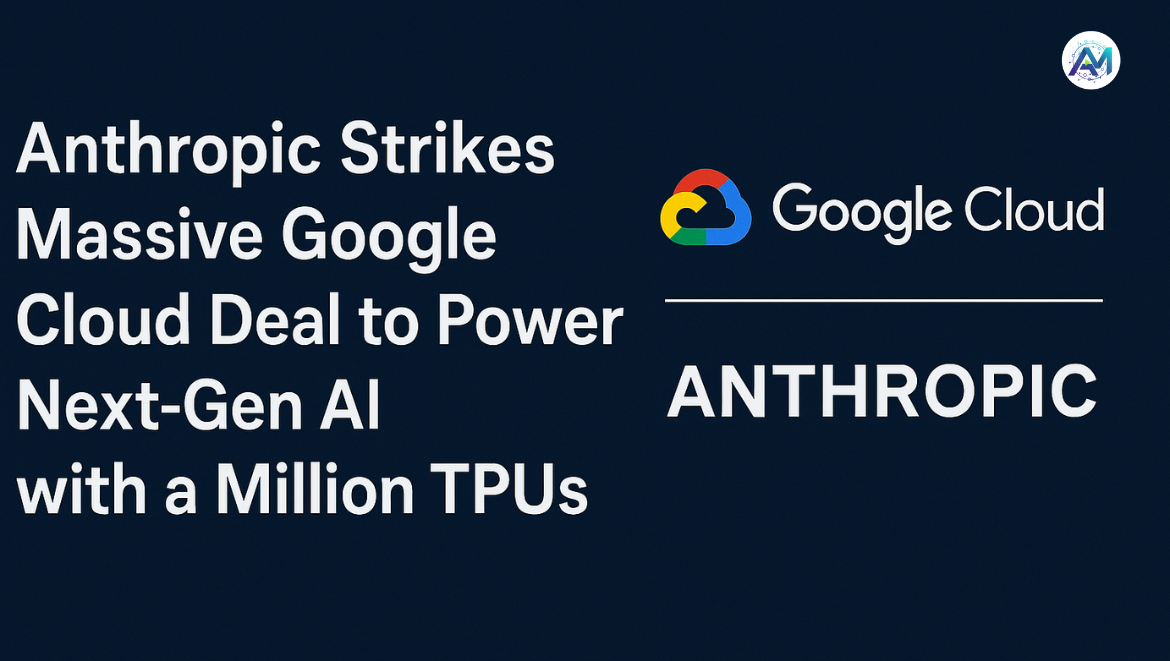The next big frontier in artificial intelligence isn’t a smarter chatbot or a clever new model — it’s concrete, copper, and electricity.
Across Silicon Valley, the biggest tech firms on Earth are no longer just racing to train the most powerful AI. They’re racing to build the physical world that AI will live in — data centers, power plants, and chip factories that look less like offices and more like industrial cities.
According to The New York Times, The Washington Post, and Reuters, the so-called “AI buildout” has hit escape velocity. Meta, Google, Microsoft, and Amazon are together on track to spend up to $375 billion this year on AI infrastructure — the largest single-year investment in computing hardware in history. And it shows no sign of slowing.
From Cloud to Concrete
What started as a cloud race has turned into a full-blown construction boom. Meta is erecting massive server farms across the U.S. Midwest. Google is reopening a nuclear power plant to feed its data centers. Microsoft is quietly locking down energy contracts usually reserved for heavy industry.
In short, the digital economy is getting industrial again.
“We’ve entered an era where building AI means building physical capacity,” said one industry analyst quoted by Reuters. “The constraint isn’t the model — it’s megawatts.”
This shift has rippled far beyond Silicon Valley. Utility companies are scrambling to supply electricity. Steel and concrete suppliers are reaping unexpected profits. Even small towns are negotiating billion-dollar tax deals just to host hyperscale server facilities.
The Economics of Scale — and Strain
This isn’t just a tech story; it’s a macro-economic one. The AI boom has turned GPUs and gigawatts into national assets. The U.S. grid, already under stress, is now competing with data centers for capacity once meant for cities.
Analysts at Reuters call it “a once-in-a-generation industrial expansion,” spreading into sectors like power, construction, and cooling technology. The ripple effect reaches as far as Taiwan and South Korea, where chip suppliers are running near full capacity.
But some insiders are warning that this expansion looks eerily familiar — the same exponential optimism that fueled past bubbles. Even Meta’s CEO Mark Zuckerberg admitted recently that there might be “a bubble” forming in AI.
Overbuild or Overdue?
Here’s where the story gets interesting: the risk might not be a bubble, but over-capacity.
Imagine if all this infrastructure — the megawatt-hungry data centers, the advanced chips, the specialized cooling systems — turns obsolete faster than expected. AI models are evolving so rapidly that every new generation runs more efficiently than the last. A chip bought today could feel ancient in five years.
That means we could end up with billions of dollars in idle compute — physical assets built for workloads that no longer exist.
It’s a paradox unique to this era: the faster AI improves, the quicker its foundations risk becoming obsolete.
Power, Policy, and Planet
The AI arms race is also straining environmental and political nerves. Google and Microsoft have quietly become two of the largest corporate energy consumers in the world. Each new data center demands as much power as a small city — and the water to cool it.
Policy-makers are beginning to ask uncomfortable questions: Who gets priority — homes or servers? How much carbon is hidden behind our “smart” future?
At the same time, global competition is intensifying. The U.S., China, and the EU are all pouring billions into AI infrastructure, not just for commercial dominance but for national security. The new “space race” isn’t in orbit — it’s underground, humming in fluorescent light and liquid-cooling pipes.
The Real Story: AI as Industrial Revolution
The story of 2025 isn’t just AI getting smarter. It’s AI getting heavier.
Big Tech is no longer simply innovating in code — it’s rebuilding the physical backbone of the internet to sustain its ambitions. The AI boom is becoming an industrial revolution in disguise, one that touches everything from power grids to geopolitics.
But revolutions always carry risk. For all the money being poured into this infrastructure, one uncomfortable question remains:
What if the world builds an empire of servers before it figures out how to use them efficiently?
The Aimetrix Angle — What the AI Infrastructure Boom Really Means
The AI economy has entered its steel-and-electricity phase. The companies that win won’t just be the ones with the best models — they’ll be the ones that can scale, power, and cool those models sustainably.
In this new AI infrastructure boom era, the biggest breakthroughs may not come from algorithms, but from engineering — in energy, materials, and hardware. The AI revolution will be written not in Python, but in concrete and copper.
Visit: AIMetrix



